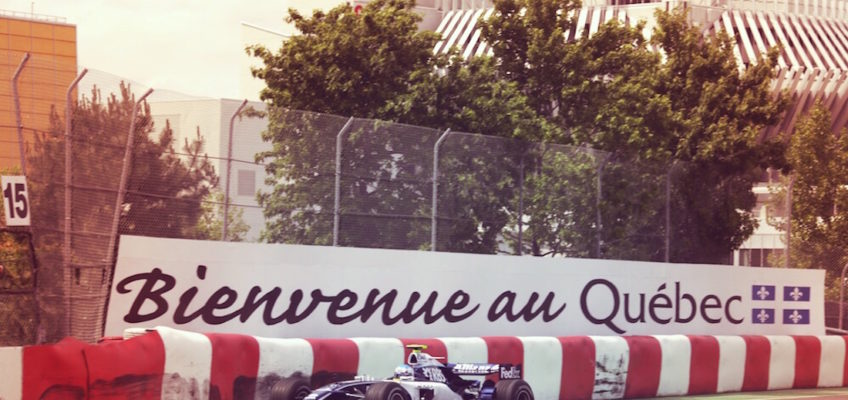The Gilles Villeneuve in Montreal is one of the most special circuits in F1 and a top level challenge for the whole of the grid this weekend. Its low downforce tarmac and very disparate layout, which combines long straight lines with very close bends, require tremendous effort and adaptive skills from both vehicle and driver. In numbers: On each lap, the driver has to keep the foot on the brake for 11.7 seconds in total, which adds up to approximately a fifth of the race. There are six points in the circuit which demand enormous pressure on the pedal, often exceeding the 150 kilos. The most popular of all is the Wall of the Champions.
Wall of the Champions is a complex bend that appears right before the finish line and which gets its nickname after three champions (Villeneuve, Schumacher and Hill) crashed against it over the same weekend of 1999.
On the occasion of this weekend, the brake-discs’ multinational Brembo, which manufactures for high end and competition vehicles, has put together an infographic that explains the impact this bend has on the braking system. The vehicle brakes for 49 metres during which it must climb down from 320 km/h to approximately half of that. The point reaches 4,7 g and the brake pedal must endure a load of 160 kg.
The Wall of the Champions, a historic black spot, will be one of the great challenges for all F1 drivers this weekend (many more, including Vettel in 2011, have crashed there) and also one of the highlights of the season. A spot especially daunting for Mercedes that will have a chance to test the contested versatility of their single-seaters during their closed duel with Ferrari.





Leave a Reply